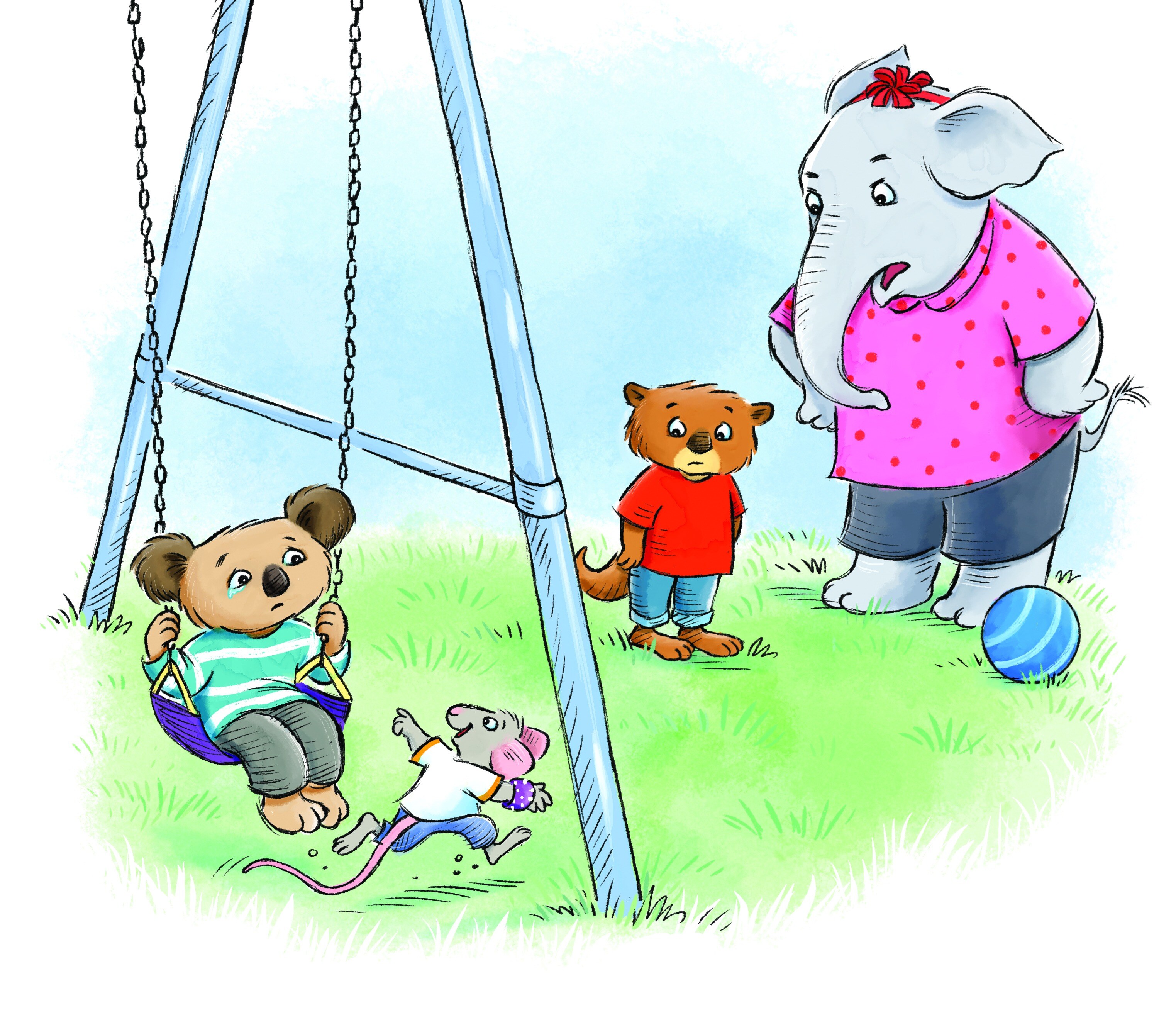
✉️Dear Dr. Donna,
My daughter is in kindergarten, and she has a “friend” in her class who teases her and others, always demands my daughter’s attention, and threatens to end their friendship if my daughter doesn’t play with her. My daughter is a bit shy and quiet... I think she likes playing with this friend but I’m seeing how this affects her and I’m not sure what to do. I can’t control what the other child does, so how can I help?
- Friends with a Bully 📮First, I want to validate your feelings as the parent in this situation. It can be incredibly difficult to see our children navigate challenging social situations and not be there for them in the moment to “fix it,” especially at such a young age.
But, while you are correct that you cannot control the behaviors of the other child, you can provide your daughter with support and strategies to help her deal with all of the big emotions that different peer relationships can bring up.

Make sure you feel grounded and ready to talk with your daughter about her feelings and her experiences. Children are emotional detectives and learn from the responses and actions of trusted adults in their world. This means that your emotions and how you express them matter.
Reflect on the feelings this situation brings for you first and practice strategies that help you feel calm. If you notice that your daughter is also experiencing heightened emotions, you can use this moment as an opportunity to practice strategies together – taking deep breaths, squeezing a pillow, or taking a walk are just a few examples of activities that can help us feel more grounded and connected to our bodies.
When you feel ready, use a calm, understanding tone of voice. This lets your daughter know that she is safe, and you are there to support her, no matter what prickly feelings she may be experiencing.
Being able to identify our emotions is the first step towards better understanding them, communicating what we feel with others, and managing them. Ask your daughter simple prompting questions to help her connect what is happening with this other child to her feelings. For example:
Visual tools like Our Emotions Cards can help facilitate these conversations and help kindergarteners build this skill by supporting them in connecting facial expressions and body language to corresponding emotions. For example:
Most importantly, validate your daughter’s feelings. Let her know that teasing is never okay, but that it is okay to feel this way when someone does not treat us kindly.
Once your daughter is able to identify what this situation with her friend makes her feel, the next step is encouraging her to share her feelings with her friend when this happens again at school. Taking into consideration that your daughter tends to feel shy and quiet, practicing sharing what she is feeling with you and your family can make a huge difference in her confidence!
Start a routine of sharing what you are feeling each morning with each other. This not only builds emotional identification skills, but also normalizes sharing feelings with others. With this particular situation, try role-playing what sharing feelings with a friend would look like with this sentence starter:
I feel ___________ when you ____________.
Reading stories that focus on themes like bullying, teasing, and exclusion is another great way to help your daughter feel seen and validated in her experience, while also providing her with real-life language and solutions that story characters model step-by-step. When I wrote Theo’s Deliciously Different Dumplings, I focused on the feelings that arise when children are bullied or excluded, relatable solutions that help children become the bosses of these feelings, and included support and tips for parents and caregivers like you who aren’t sure where to start when it comes to addressing these themes with children.
When young children develop friendships and relationships with their peers, it is developmentally appropriate for them to seek out and push the boundaries of those relationships. When boundaries are repeatedly and intentionally ignored and crossed without social consequences, this can evolve into bullying. This is why it is important to help children understand what their boundaries are and provide them with strategies and support to keep those boundaries for their own safety.
Ask your daughter how she usually responds when this situation arises with her friend at school. It is also important to connect with her teacher and find out how they intervene or mediate when this happens. Let your daughter know that walking away, choosing not to play anymore, and finding a teacher for help are always choices when we are feeling stuck.
Just like communicating emotions, it can be helpful to practice setting boundaries together at home. Check in to see what your daughter feels most comfortable with, and practice those words out loud. For example:
These kinds of social situations are never easy to navigate, and there isn’t one “perfect” answer or solution. But practicing these strategies with your daughter will give her more control and agency in a situation that can easily make someone feel powerless. These strategies can help her become the boss of her feelings.
All my best,
Dr. Donna Housman
Housman Institute, LLC
831 Beacon Street, Suite 407
Newton, MA 02459
info@housmaninstitute.org
(508)379-3012
Explore
Our Products
Legal
Connect
Contact
Join our Mailing List!
Subscribe to receive our newsletter, latest blogs, and ECSEL resources.
We respect and value your privacy.
No Comments Yet
Let us know what you think